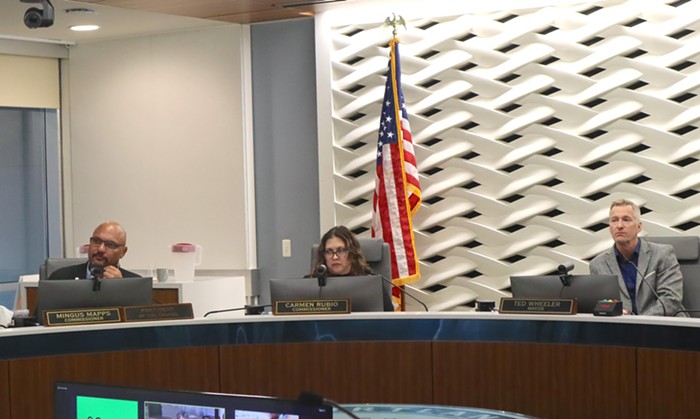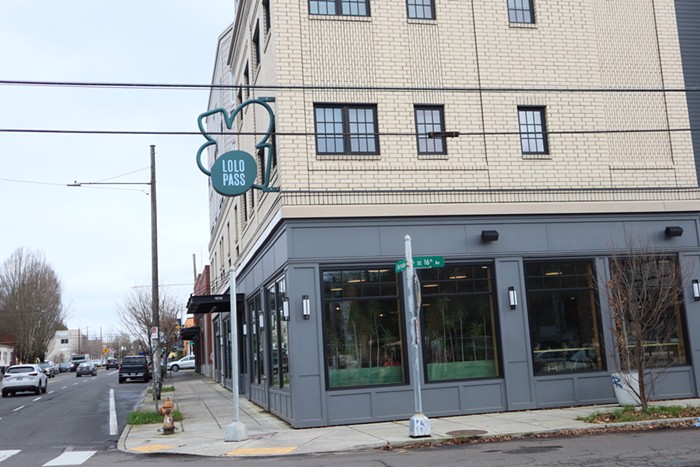
Jennifer Dill, the director of PSU’s Transportation Research and Education Center, analyzed Portland Bureau of Transportation (PBOT) survey data from Portland’s first e-scooter pilot program in 2018. That survey included responses from 4,500 people. While Dill can’t say whether those results are representative of the city’s population, its findings do synchronize with similar studies she has conducted on the gender gap among bicyclists.
“The numbers are very similar, in terms of a two-to-one ratio of men using e-scooters to women,” Dill told the Mercury.
According to PBOT’s survey, 34 percent of Portland e-scooter riders were women, while 64 percent of riders were men, and about two percent identified as transgender or non-binary. The results also found that even the women who do use e-scooter were inclined to ride them less often than male riders.
And safety is a major factor: 54 percent of women said that safety was a main concern when riding an e-scooter, compared to only 46 percent of men who said the same.
“A big part of the difference is safety and feeling safe,” Dill said. “There’s a lot of research in general that women are more risk-averse.… You’re a much more vulnerable road user when you’re on a bicycle [or an e-scooter]—at least you think you are, as opposed to driving in a car.”
Those concerns are especially timely right now. Eighteen people have died in traffic-related fatalities in Portland in 2019 so far, causing transportation activists to demand new safety infrastructure from PBOT. The bureau has responded by adding some temporary infrastructure to especially dangerous areas.
Dill said that added safety measures could help balance the e-scooter gender gap, and that private e-scooter companies ought to shoulder some of that responsibility along with public agencies.
“I would hope,” she said, “that the companies would also be trying to lobby for better infrastructure to reduce the potential conflicts between people on e-scooters and people in cars.”
Dill plans to work with PBOT to analyze data from the new pilot program as well. As Dill noted, the issue of e-scooter safety and accessibility is not limited to the gender gap—PBOT is also focused this time around on making the machines more available to low-income Portlanders, people living east of 82nd Avenue, and people with disabilities.
One of Dill’s data collection classes will soon survey pedestrians to determine how they perceive e-scooter use on sidewalks—a practice that is illegal in Oregon, but still fairly prevalent among Portland e-scooter riders.
“If people do ride e-scooters on sidewalks, that can present problems for pedestrians and people who have disabilities,” Dill said. “If scooters are blocking where they need to go, that is a big problem.”



















